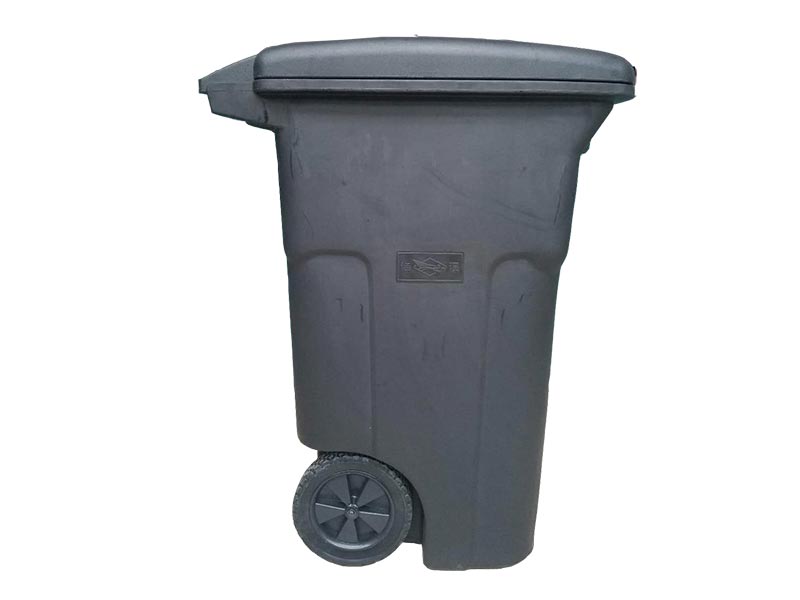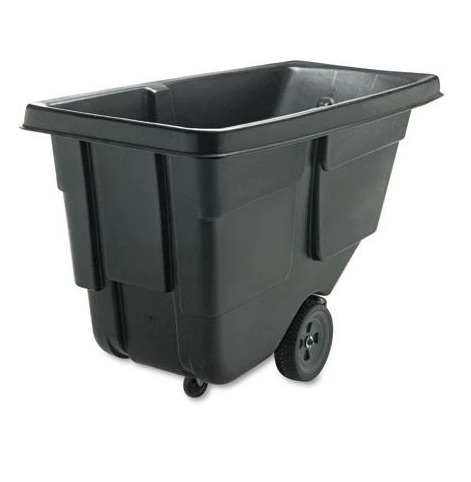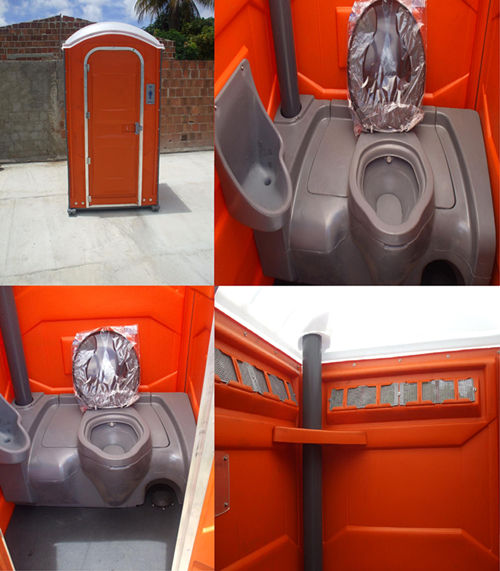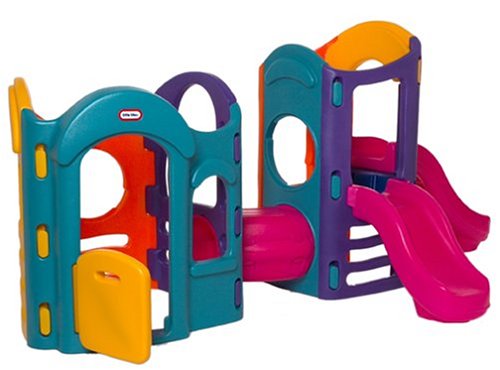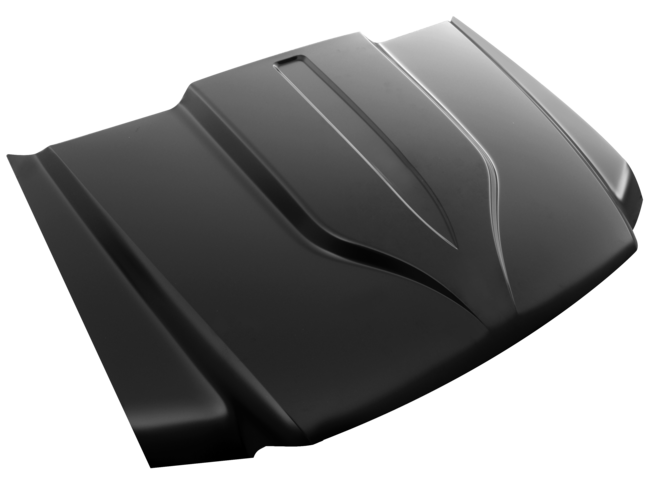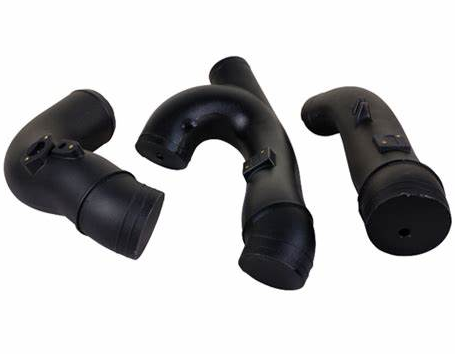News
News
- Common sense of daily maintenance of rotomolding tray
- SARS CoV's attack, Shengyun to be the leader of the enterprise
- What are the characteristics of roll forming technology of 30 cm roll forming floating ball
- Common quality problems of rolling process in molding of rolling products
Contact Us
WeChat : +86 13482230296
WhatsApp: +86 13482230296
Online:+86-139-1884-6842
Email:bin.su@syroto.com
Address: 2555 xiupu Road, Kangqiao Town, Pudong District, Shanghai ,China
Industry News
Rolling manufacturer, tell you the solution to the defects of rolling products
- Author:
- Time: 2020-05-21 21:04:37
- Click:23693
Defect analysis and solution of rotational molding products the process of rotational molding is called rotational molding or rotational molding. The molding method is to continuously rotate the mold along two vertical axes and heat it. Under the action of gravity and heat, the Agkistrodon in the mold cavity gradually melts and adheres to the surface of the mold cavity. After cooling and finalizing, the plastic products are made.
The roll forming process is commonly used to produce hollow seamless plastic products with complex shapes, which are widely used in chemical, mechanical, electronic, light industry, military industry and other industries, such as motorcycle, automobile and other vehicle fuel tank, storage box, large and medium-sized hollow containers, automobile parts, corrosion-resistant containers and so on. In recent years, it is also gradually used in various civil or military product packaging boxes and transportation Production of products such as transport boxes.
At present, most of the orders for roll molding products from foreign countries directly indicate that linear low density polyethylene (LLDPE) roll molding materials are used for roll molding. Most of the products are different specifications of cleaning case shell, mower shell, cargo transport box, storage box, various mechanical and electronic packaging boxes, double-layer insulation box with foaming layer inside, auto parts, etc. with high technical requirements for roll molding 。 China's roll forming technology and roll mold processing technology have been improved rapidly, but there is still a gap in the design of roll products compared with Europe and the United States.
Roll forming technology plays a very important role in product quality. When the product design and mold design and manufacturing are completed, the mold structure which is easy to lead to product defects will not be changed easily. It is very important to solve the defects of roll molded products from the molding process. At present, there is little information about the design and technology of roll molding products in China. Most of the product designers or engineering manufacturers rely on practical experience to design and produce, which often brings unnecessary troubles to the design and production. It is of great significance to study and analyze the causes and solutions of the defects of the rolling products for improving the structural design technology of the rolling products and the rolling molds.
Defect analysis and solution of rolling mould rolling products
1 bubble or hole Cause analysis In the process of heating, the material in the mold melts, flows and adheres to the inner surface of the hot mold with the rotation of the mold. The heated volume of the air inside the mold expands and the air pressure rises. The air flows to the outside of the mold gradually through the vent until the air pressure inside and outside the mold is balanced, and vice versa. At the same time, a certain pressure is maintained in the mold cavity. In the process of resin melting and densification, the gas trapped between the powder particles is squeezed to the free surface of the plastic melt. However, due to the existence of the surface tension of the melt, the gas is not enough to leave the melt surface and easily form bubbles, thus forming bubbles on the inner surface of the product and air binding on the outer surface, and in serious cases, forming larger holes ". If the melt fluidity is good, the mold heating rate is slow and the mold vent is unobstructed, the gas in the melt can escape smoothly, otherwise, the gas in the melt is easy to stay and form product defects. When the mold is not closed tightly, part of the gas in the cavity of the mold will flow to the outside of the mold through the gap of the mold closing part, resulting in 7L gas or bubbles inside the products stored in the corresponding part of the mold; during the cooling process of the mold, if the mold is not closed tightly, there is air pressure difference between the inside and outside of the mold, the air will enter the mold through the gap of the mold closing part (parting surface) The formation of pores is also related to the shape of powder particles. When polyethylene (PE) powder particles with long and thin tail or hair like, it will form a bridge in the process of accumulation and retain more air. Especially in the corner of the mold, the bridging of powder will lead to the formation of large holes.
Solution
Adjust the proper distance from the vent pipe or the twisted metal strip with the same function to the inside of the mold. The vent pipe is usually made of thin metal fluoroplastic pipe, whose diameter is determined by the product size and material performance. (generally, the hole diameter of thin-walled products is set at 10-12 mm per cubic meter of mold). The length of the pipe shall ensure that its end extends to the center of the mold cavity or to the appropriate position according to the depth of the product cavity. In order to avoid the resin powder overflowing from the exhaust port when the mold rotates, glass fiber, steel velvet and graphite powder shall be used to fill the vent pipe.
·The mould temperature should be slow, the furnace temperature (melting temperature) should be increased or the heating time should be extended to ensure that the material is fully melted and the gas is discharged.
·The Teflon (polytetrafluoroethylene) coating is applied on the inner surface of the mould instead of various mold release agents to keep the interior of the mould dry. If it is due to the influence of insert factors, the insert and its surrounding areas can be preheated.
In the process of product design and mold design, the following measures should be taken into account to eliminate bubbles or blowholes: adopt materials with high melt flow rate (MFR), use low density materials, improve uniformity of mold wall thickness, extend natural cooling time, Delay Spray (water spray) cooling, and prevent convex or protrusion parts from being too narrow or too high (corresponding to groove on mold). Too narrow, too deep), etc.
- Prev:Analysis of common problems in roll forming
- Next:What are the factors that affect the quality of rolling products
News
-
2020-05-21
Analysis of common problems in roll forming
 中文网站
中文网站
